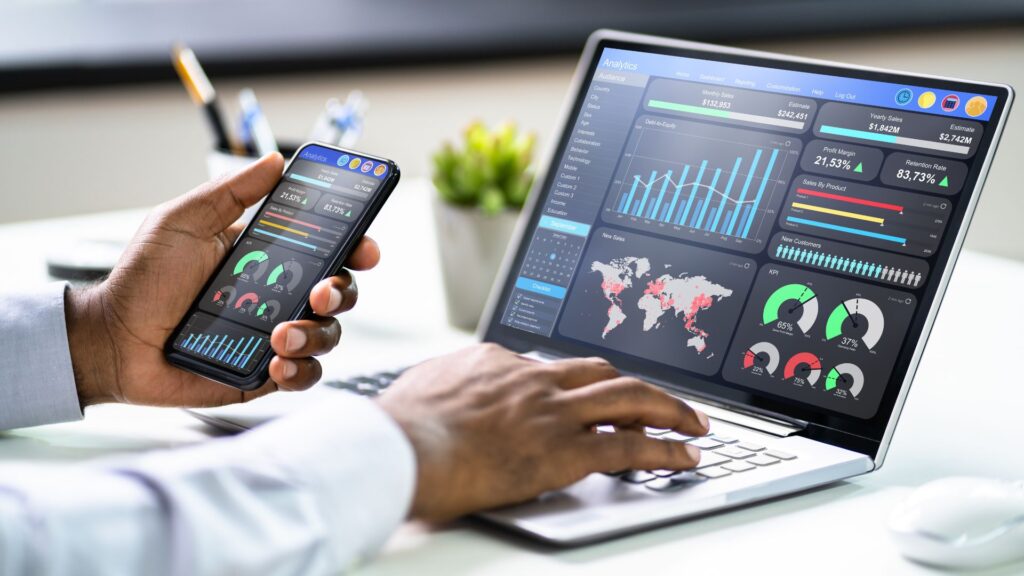In the ever-evolving world of Fast-Moving Consumer Goods (FMCG), staying ahead of the competition is not just about offering quality products. It requires a deep understanding of consumer behavior, market trends, and strategic insights that drive business decisions. This is where market research plays a crucial role. By providing essential data and insights, market research allows FMCG brands to make informed decisions, optimize their strategies, and ultimately build stronger connections with their customers. In this blog, we will explore why market research is vital for FMCG brands, highlighting key methods and techniques used in hybrid market research, data sampling, and analytics, and show how they contribute to business growth. The Need for Market Research in FMCG The FMCG industry is known for its competitive nature and the sheer volume of products in the marketplace. From household items, personal care products, to food and beverages, the category spans a vast array of products that consumers purchase regularly. As such, FMCG brands must be attuned to shifts in consumer preferences, buying habits, and emerging trends. Failure to do so can lead to a loss in market share or diminished customer loyalty. According to a 2023 report by Statista, the global FMCG market size was valued at $10.4 trillion and is expected to grow by over 5% annually in the coming years. In such a massive market, the insights gathered from comprehensive market research Services in India can help companies make informed decisions, whether it’s for product innovation, brand positioning, or marketing strategies. Key Benefits of Market Research Services in India for FMCG Brands Understanding consumer preferences, buying behaviors, and expectations is at the heart of any successful FMCG strategy. Through a mix of qualitative and quantitative research methodologies, market research helps FMCG brands answer critical questions such as: For instance, companies like Unilever and Procter & Gamble (P&G) have consistently relied on market research to fine-tune their products and enhance customer experience. When P&G launched its Ariel PODs in India, it was after conducting in-depth qualitative research into consumer washing habits and understanding the need for convenience in the laundry segment. In the FMCG sector, new players are constantly entering the market with fresh offerings. By utilizing hybrid market research techniques that combine traditional and online methodologies, brands can monitor competitor actions, customer preferences, and market gaps. This enables FMCG companies to remain agile and innovative. Take HUL’s (Hindustan Unilever) strategy for example. By tapping into data analytics, HUL was able to launch products tailored to local tastes, such as its regional variants of Fair & Lovely, which saw massive success in different markets, especially in India. The brand’s market research techniques enabled it to penetrate and retain dominance in emerging markets. The success of any FMCG brand relies heavily on innovation. By conducting market research Services in India, brands can identify unmet consumer needs, test new product concepts, and forecast demand. Advanced data sampling techniques allow companies to test their ideas with a targeted group of potential consumers, minimizing the risk associated with launching a new product. For instance, Coca-Cola India’s introduction of Coca-Cola Zero was driven by a combination of consumer surveys, focus groups, and data analytics to assess the demand for healthier beverage options. This new product offering was a direct response to market research findings and allowed the brand to meet consumer demand for low-calorie drinks. Effective marketing is key to the success of any FMCG brand, and market research is indispensable in crafting the right message, identifying the ideal channels, and targeting the right audience. Data-driven insights guide decisions on advertising campaigns, social media marketing, and promotions. One of the best examples of this is Maggi by Nestlé India. In 2015, Maggi faced a crisis when its noodles were banned due to allegations of excess lead content. However, market research helped Maggi rebrand and regain consumer trust. By employing market research to understand public sentiment, Nestlé was able to launch effective PR and advertising campaigns that resonated with Indian consumers, ensuring the brand’s comeback was successful. Trends in consumer behavior and the FMCG market can shift rapidly. Through data sampling, trend analysis, and market forecasting, companies can predict future market conditions, allowing them to plan ahead. For example, the rise in sustainable packaging and organic products is a trend that has been heavily supported by market research. FMCG brands that embrace sustainability and eco-friendly practices will likely attract the growing consumer segment that values environmental impact. Methodologies Used in Market Research for FMCG Brands Global Examples of Successful Market Research in FMCG Conclusion Market research is not just a luxury for FMCG brands; it is a necessity. Whether you’re a large multinational like Nestlé or a local brand looking to break into the market, staying ahead of trends, understanding consumer behavior, and optimizing your products and marketing strategies are all made possible through in-depth market research. By utilizing hybrid market research, data sampling, and advanced analytics, FMCG companies can confidently navigate the complexities of the marketplace, ensuring long-term growth and success. In the fast-paced world of FMCG, the businesses that invest in market research are the ones that can effectively predict and respond to consumer needs, making them the leaders of tomorrow.










